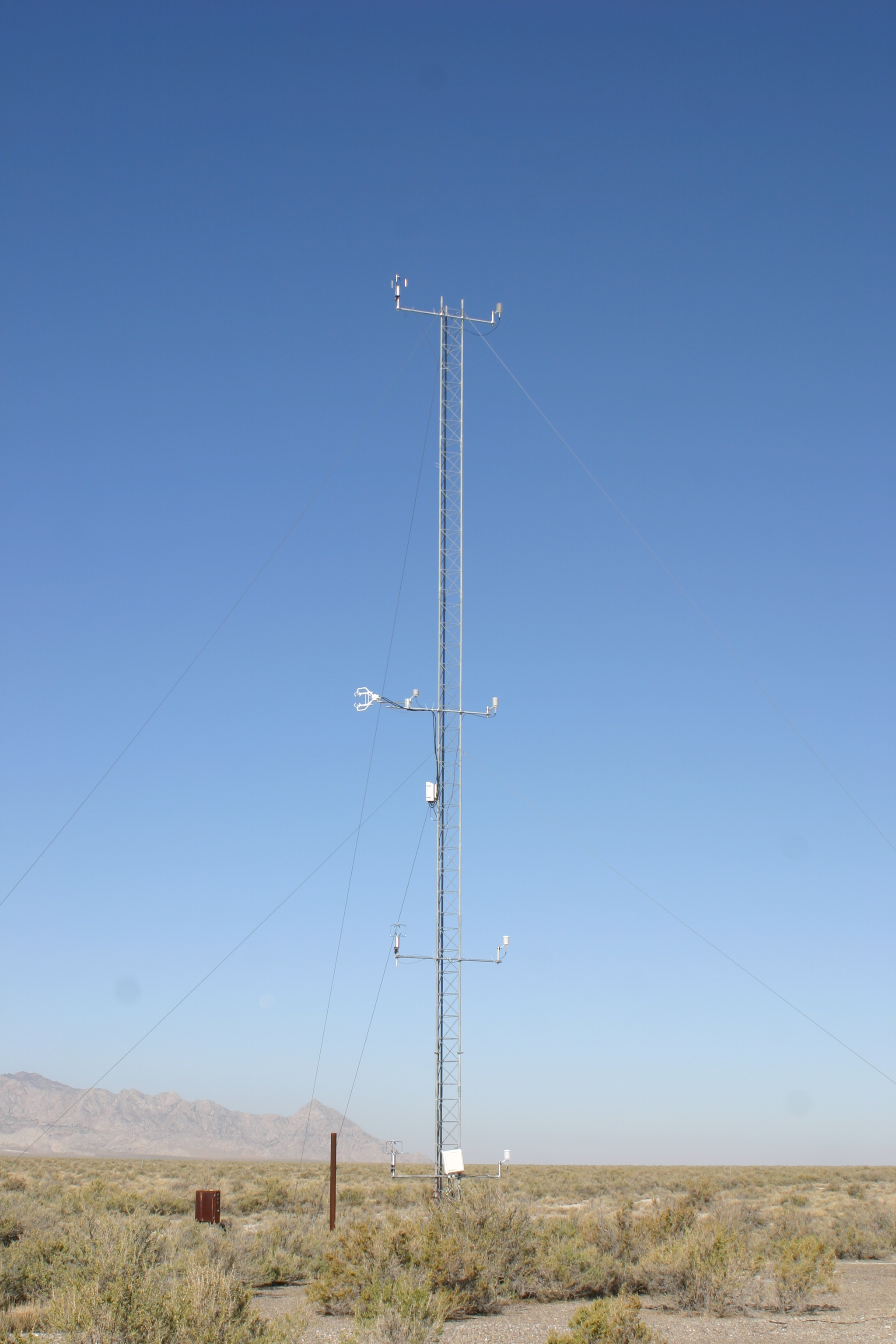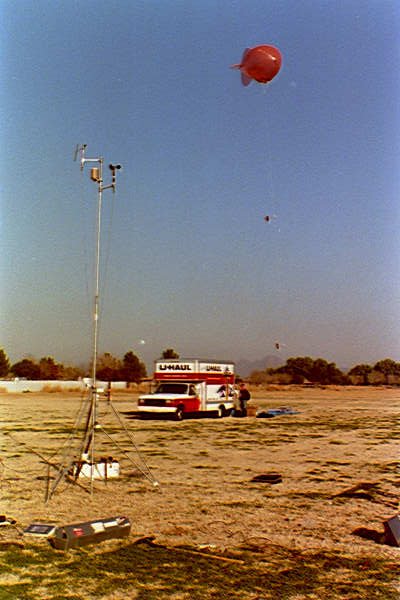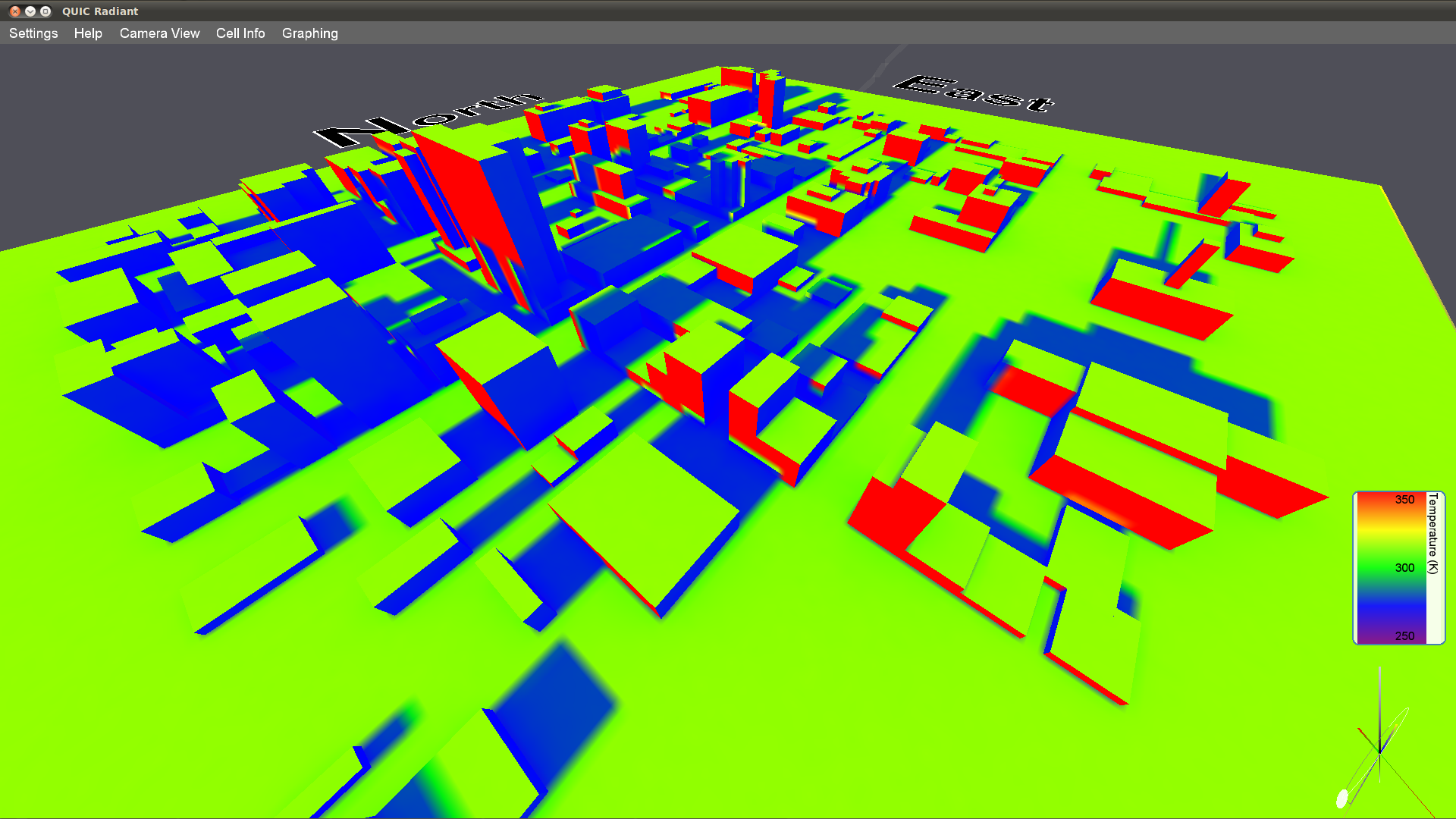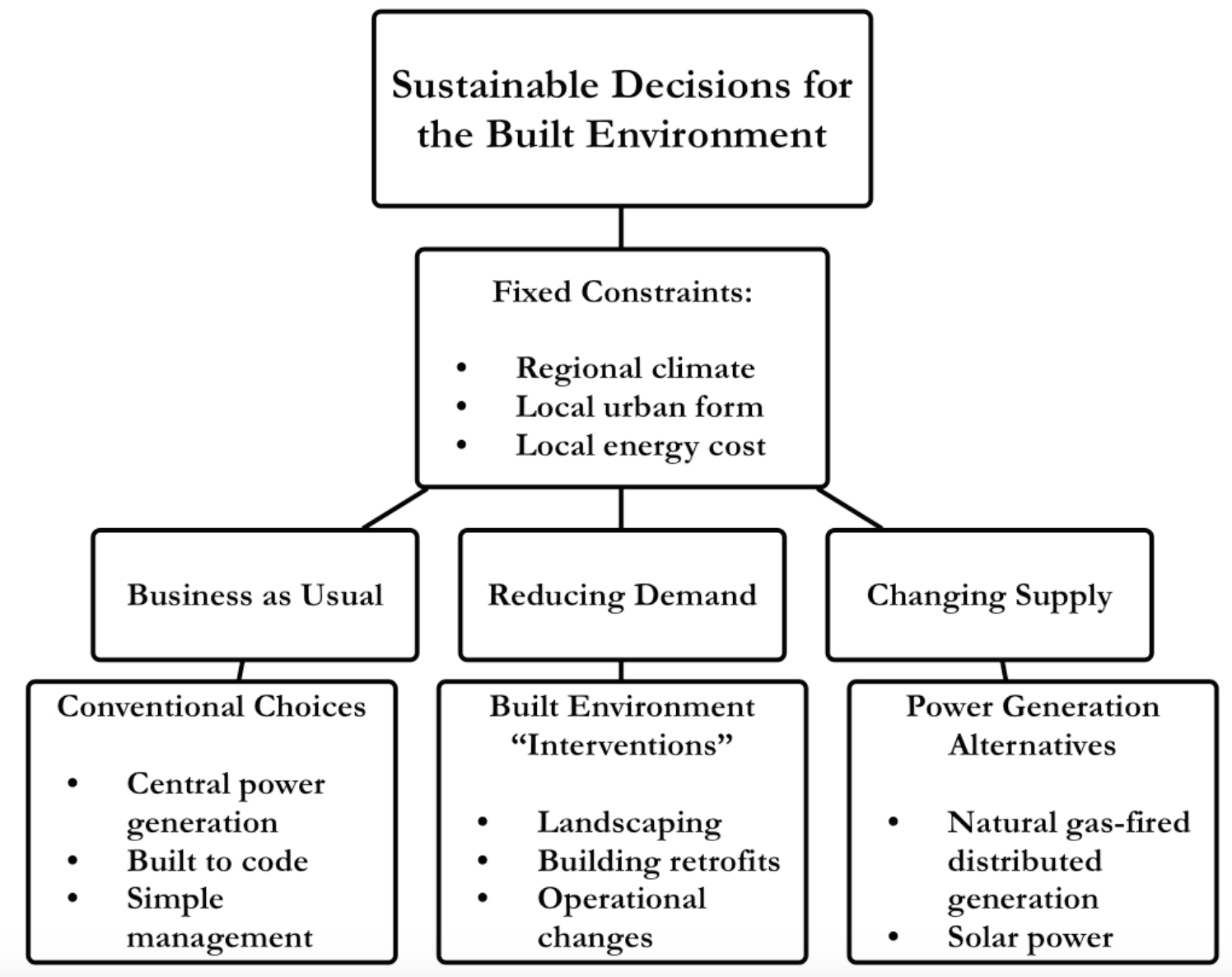Past Research Projects
Atmspheric Field Measurement Projects

Mountain Terrain Field Campaigns
The MATERHORN Project:
 This ONR (Office of Naval Research) funded MURI (Multidisciplinary University Research Initiative) project was led by the University of Notre Dame built on our research group’s work related to flow in complex terrain and during transition periods. It was designed to better understand flow and turbulence processes in mountainous terrain for improved mesoscale modeling. The project improved understanding of turbulent transport processes in the surface layer on different types of terrain subject to different levels of synoptic forcing. As part of the project, a series of large field campaigns were conducted at the Dugway Proving Grounds. In winter 2014, the MATERHORN Fog-X field campaign was conducted in the Salt Lake Valley and in the Heber Valley in northern Utah.
This ONR (Office of Naval Research) funded MURI (Multidisciplinary University Research Initiative) project was led by the University of Notre Dame built on our research group’s work related to flow in complex terrain and during transition periods. It was designed to better understand flow and turbulence processes in mountainous terrain for improved mesoscale modeling. The project improved understanding of turbulent transport processes in the surface layer on different types of terrain subject to different levels of synoptic forcing. As part of the project, a series of large field campaigns were conducted at the Dugway Proving Grounds. In winter 2014, the MATERHORN Fog-X field campaign was conducted in the Salt Lake Valley and in the Heber Valley in northern Utah.
Here are a list of important links of interest for the project:
MATERHORN Fog-X website Fall Campaign Notes (September 24 through October 25, 2012) Spring Campaign Notes (April 22 through May 19, 2013) Spring Campaign Notes (April 22 through May 19, 2013) MATERHORN Press Release
Urban Field Campaigns
SCERP (Southwestern Consortium for Environmental Research and Policy) reduction of road dust through the use of windbreaks.
- Presenation slides from CONALEP students visiting from Nogales, MX (2005).
- Spatial variability of pollutants in Yuma, AZ (PhD Students H.A. Holmes, S.O. Speckart)
- Indoor and Outdoor Pollution measurements in Nogales, MX (PhD Students H.A. Holmes, S.O. Speckart)
Joint Urban 2003: The largest Full Scale Urban field experiment ever; conducted in Oklahoma City During the Summer of 2003.
Urban Trace-gas Emissions Study (UTES) is a multidiscplinary biodiversity project funded by the National Science Foundation to investigate urban emissions of carbon dioxide and water vapor.
MUST (Mock Urban Setting Test): Large scale field experiment sponsored by the DOD and DOE. This field campagaign was run in September 2001 at the Dugway Proving grounds in western Utah. The focus of this experiments was to better characterize tranport and dispersion of plumes around buildings at very large Reynolds numbers. The experiments have provided new data sets for modelers as well as insight to the physical trasport mechanisms at work within and around the Urban Canopy.
VTMX (Vertical Transport and Mixing Experiment) October 2000 in Salt Lake City, UT. DOE sponsored project investigating vertical tranport and mixing throughout the Salt Lake Valley.
URBAN 2000 - DOE sponsored Urban field campaign (October 2000) located in Salt Lake City, UT. The experiment coincided with the VTMX experiment.
 PAFEX (Phoenix Air Flow Experiments): Two part field campaign that took place
in Phoenix, Arizona. PAFEX-I (January 14-February 1, 1998). PAFEX-II (July 1-Aug 15, 1998).
PAFEX (Phoenix Air Flow Experiments): Two part field campaign that took place
in Phoenix, Arizona. PAFEX-I (January 14-February 1, 1998). PAFEX-II (July 1-Aug 15, 1998).
Other Field Campaigns
Development of a Windbreak Dust Predictive Model and Mitigation Planning Tool:
This SERDP (Strategic Environmental Research and Development Program) funded project has a focus of developing improved transport and deposition models. We have conducted deposition experiments in the wind-tunnel investigating the effects of turbulence on enhanced deposition to vegetative elements. The results are being used to develop generalized deposition parameterizations for use in Lagrangian transport models. The project also includes validation field experiments.The BLLAST Experiment:
The Boundary Layer Late Afternoon and Sunset Turbulence (BLLAST) Experiment was conducted in Lannemezan, France to investigate various atmospheric boundary layer phenomena associated with transition from the fully convective boundary layer to the nocturnal boundary layer. The EFD Team participated in the project by deploying instruments for turbulent flux measurements as well as tethered balloon meteorological measurement.Urban Simulation Research Projects
The GEnUSiS (Green Environmental Urban Simulations for Sustainability) Project:

This collaborative multidisciplinary NSF funded project ran from 2011-2015 and built on previous NSF projects. The project, titled “Understanding the impact of Green Infrastructure on urban microclimate and energy use aims to develop tools to better understand urban transport physics using state of the art simulation technologies including massively parallel urban Large-Eddy Simulations, radiation and mass transport using parallel computation techniques on the GPU, as well as state of the art optimization techniques. The project is also attempting to link small-scale building resolving models with mesoscale weather models for improved prediction capability. More generally, this project addresses the critical need to improve our understanding of how Green Infrastructure (and more generally land-use and land cover change) interacts with the urban environment at the local street level scale, neighborhood scale, city scale, and mesoscales to determine the distribution of heat, moisture and pollutants.
The project also has a substanial outreach component designed to expose High School and new college students to concepts relate to atmospheric transport, Green Infrastructure, and computational modeling. For more information on our NSF Outreach project can be found here.
Educational Outreach Projects
- NSF Summer Student Program University of Minnesota-Duluth




